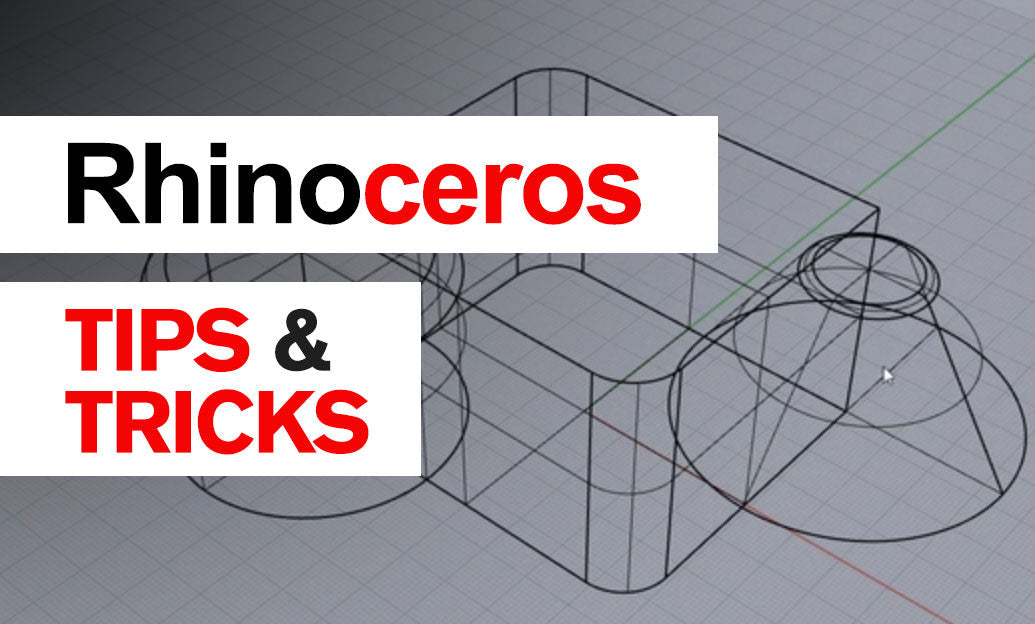Your Cart is Empty
Effective Use of the Loft Command
The Loft command in Rhino 3D is an incredibly powerful tool for creating smooth surfaces between two or more curves. Mastering this tool can significantly enhance your modeling capabilities, allowing for greater flexibility and creativity. Here are some best practices for using the Loft command effectively:
- Curve Selection: Ensure that the curves you select are properly aligned and have a logical flow. The quality of the lofted surface is highly dependent on the initial curve selection.
- Use of Degree and Knots: Adjusting the degree and knots of your curves before lofting can lead to better control over the surface. Higher degree curves can result in smoother surfaces.
-
Loft Options: Familiarize yourself with the various loft options available. These include:
- Normal: Standard lofting method.
- Straight Sections: Creates straight sections between curves.
- Loose: Loosen the fit to the input curves, which can be useful for organic shapes.
- Developable: Creates a surface that can be unrolled into a flat pattern.
- Parameterization: Pay attention to the parameterization of the curves. Matching parameterization can help in achieving a more predictable and smooth transition between the curves.
- Refinement: After creating the lofted surface, use tools like _Rebuild, _Refit, and _Smooth to refine and perfect the surface. This can help in achieving the desired level of detail and smoothness.
- Preview and Adjust: Utilize the preview option to visualize the lofted surface before finalizing the command. Adjust the input curves and settings as needed to achieve the best result.






